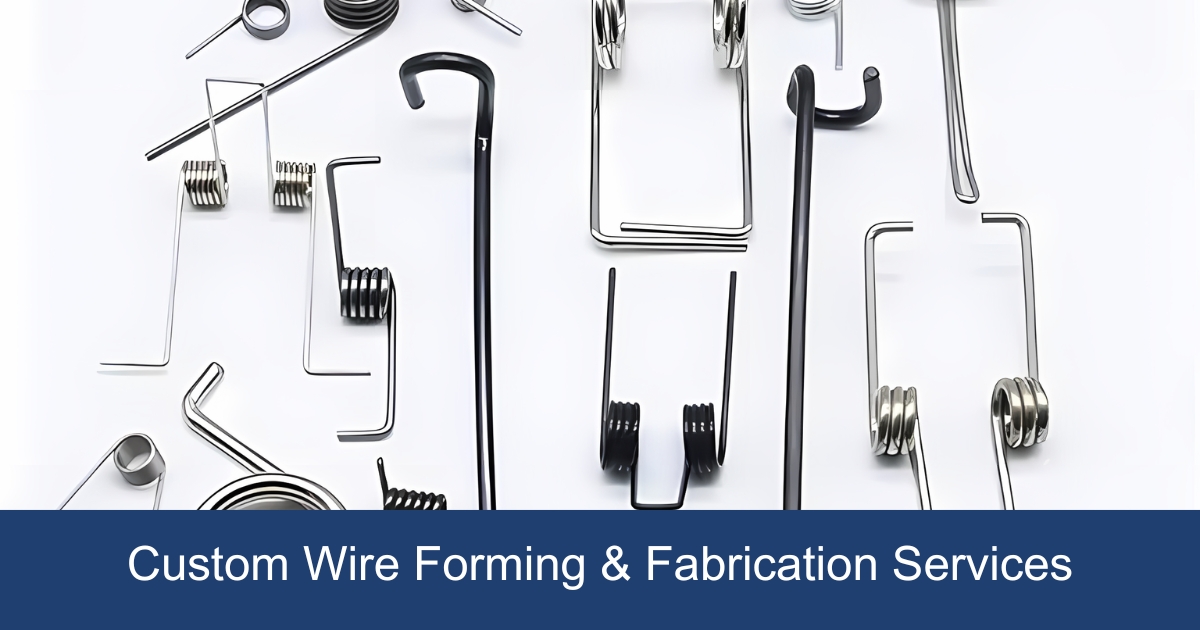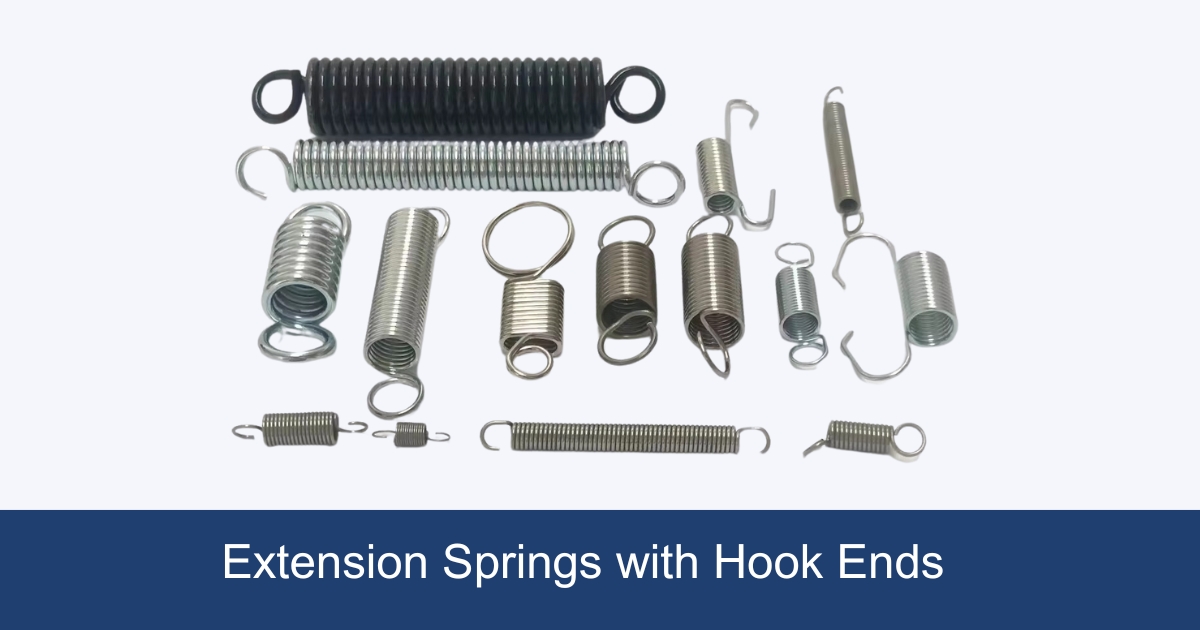Wire forms, those intricately shaped pieces of metal, might seem simple at first glance, but wire form applications are as varied as they are vital. Let’s unravel the mystery of wire forms in five distinct industries, shedding light on their critical roles and the innovative solutions they provide.
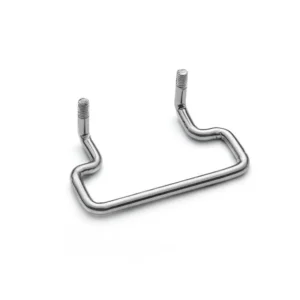
The Dynamic World of Wire Forms: A Guide to Their Versatile Applications
1. Electrifying Efficiency: Wire Forms in Electrical Applications
- Overview: At the heart of the electrical industry, wire forms ensure that every connection is not just made but made to last. They’re the silent guardians of electrical integrity, from residential wiring to high-tech gadgets.
- Key Uses:
- Electrical Panels: Organizing and securing wires with unparalleled precision.
- Circuit Breakers: Providing the resilience needed for safety and reliability.
- Connectors: Ensuring seamless connectivity in devices big and small.

2. Holding It Together: Wire Handles and Large Wire Applications
- Overview: Beyond electrical wonders, wire forms lend their strength and flexibility to handles and large applications, marrying form with function.
- Key Uses:
- Industrial Machinery: Wire handles designed for durability and user comfort.
- Construction Equipment: Large wire forms that withstand the rigors of building and manufacturing, proving that strength lies in flexibility.

3. The Pulse of Power: Battery Contacts Manufacturing
- Overview: In the realm of portable and stationary power, battery contacts made from wire forms are indispensable, ensuring devices are powered reliably.
- Key Uses:
- Consumer Electronics: Keeping gadgets running smoothly with precise energy transfer.
- Industrial Batteries: Delivering power to heavy machinery with contacts designed for high demand.

4. Lighting the Way: Wire Forms to Secure Light Fixtures
- Overview: Wire forms reach into the ceilings and walls of homes and businesses, holding light fixtures securely in place, blending aesthetics with safety.
- Key Uses:
- Residential Lighting: Custom wire forms that hold and beautify.
- Commercial Installations: Robust designs ensuring public spaces are well-lit and safe.
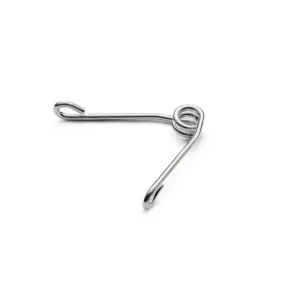
5. The Simplicity of Genius: Mousetraps and Safety Pins
- Overview: Sometimes, the simplest applications of wire forms are the most ingenious, providing solutions to everyday challenges with elegance and efficiency.
- Key Uses:
- Mousetraps: A classic design that remains effective, thanks to precision wire forming.
- Safety Pins: The humble safety pin, an everyday hero, owes its versatility and durability to the art of wire forming.
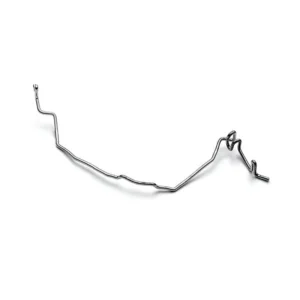
Process of Wire Form Manufacturing
The manufacturing of wire forms is a detailed process, crucial for creating components that meet exact specifications and application needs. This journey from selecting the appropriate material to applying final finishes ensures the wire form’s functionality and durability. Here’s a closer look at the step-by-step wire forming process:
Step 1: Material Selection
- The process kicks off with selecting the right material, tailored to the wire form’s intended use, environmental exposure, and mechanical needs. Choices often include stainless steel, carbon steel, aluminum, and various copper alloys.
Step 2: Wire Drawing
- Next, wire drawing reduces the wire’s diameter to the needed thickness via a series of dies, which simultaneously elongates and strengthens the wire.
Step 3: Straightening
- The wire, now at the correct diameter, undergoes straightening. This mechanical process ensures the wire’s perfect alignment for precise bending and shaping ahead.
Step 4: Cutting
- Precision cutting then sizes the straightened wire to required lengths. Consistency here is key to the quality of the final wire forms.
Step 5: Bending and Shaping
- Here, the wire is molded into its final form. Both manual and CNC wire bending machines may be used, demanding careful planning for accuracy and consistency.
Step 6: Welding and Joining (if necessary)
- Complex shapes or additional components might necessitate welding or other joining methods. Techniques like spot welding, MIG, and TIG welding are common.
Step 7: Heat Treating (if required)
- Certain wire materials may undergo heat treating to modify their properties, such as enhancing strength or ductility. This involves heating and then cooling the wire forms in controlled conditions.
Step 8: Coating and Finishing
- The wire forming process concludes with the application of coatings or finishes, improving aspects like corrosion resistance and aesthetics. Options include zinc plating, powder coating, and anodizing.
Quality Control
- Quality control is a continuous presence, ensuring the final product adheres to all specifications and standards through dimensional inspections, material checks, and performance testing.
This highly customizable process enables the production of wire forms that precisely cater to the diverse needs of industries such as automotive, medical, and electronics. A deep understanding of each step is vital for anyone leveraging custom wire forms in their projects, ensuring the finished components exactly match their requirements.
Choosing the Right Material for Your Wire Form Applications
Wire forms are crafted from a diverse range of materials, each selected for its unique properties to suit specific applications. Understanding these materials is crucial in determining the right choice for a particular wire form requirement. Here’s an overview of the most common materials used in wire forming:
1. Stainless Steel
- Properties: Corrosion resistance, strength, and durability.
- Applications: Used in medical devices, food processing equipment, and outdoor machinery where resistance to corrosion is critical.
2. Carbon Steel
- Low Carbon Steel:
- Properties: Excellent formability and strength, easily welded.
- Applications: Commonly used for automotive parts, fencing, and shelving.
- High Carbon Steel:
- Properties: Higher strength and hardness, less ductile than low carbon steel.
- Applications: Suitable for springs, wire ropes, and high-strength wire forms.
3. Aluminum
- Properties: Lightweight, corrosion-resistant, and good electrical conductivity.
- Applications: Ideal for aerospace, electrical applications, and consumer goods, especially where weight reduction is desired.
4. Copper Alloys
- Brass:
- Properties: Good corrosion resistance, excellent formability, and a gold-like appearance.
- Applications: Decorative items, electrical connectors, and musical instruments.
- Bronze:
- Properties: Superior strength and corrosion resistance compared to brass.
- Applications: Bearings, springs, and electrical contacts.
5. Specialty Alloys
- Inconel, Monel, and Hastelloy:
- Properties: Exceptional heat and corrosion resistance.
- Applications: Used in chemical processing, aerospace, and marine environments where extreme conditions are present.
6. Titanium
- Properties: High strength-to-weight ratio, excellent corrosion resistance, and biocompatibility.
- Applications: Aerospace, medical implants, and automotive components.
In conclusion, the versatility and precision of wire forms make them indispensable across a wide array of applications, from ensuring electrical safety and efficiency to innovative uses in everyday items like mousetraps and safety pins. Each application showcases the unique capabilities of wire forms to meet specific, often critical, needs in various industries.
If your custom application or industry isn’t listed here, Please reach out to Zigoal Spring. Our team is ready to explore custom wire forming solutions tailored to your unique requirements.

